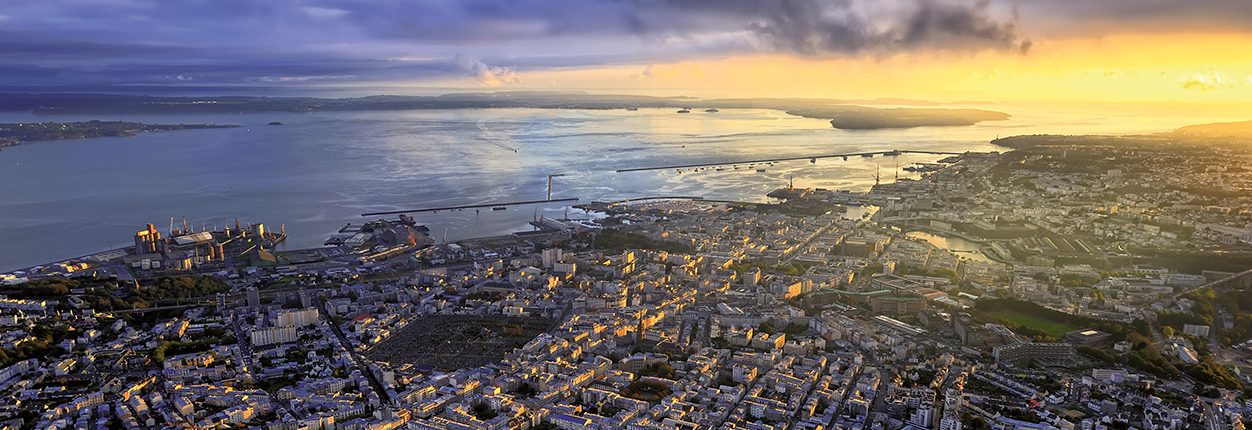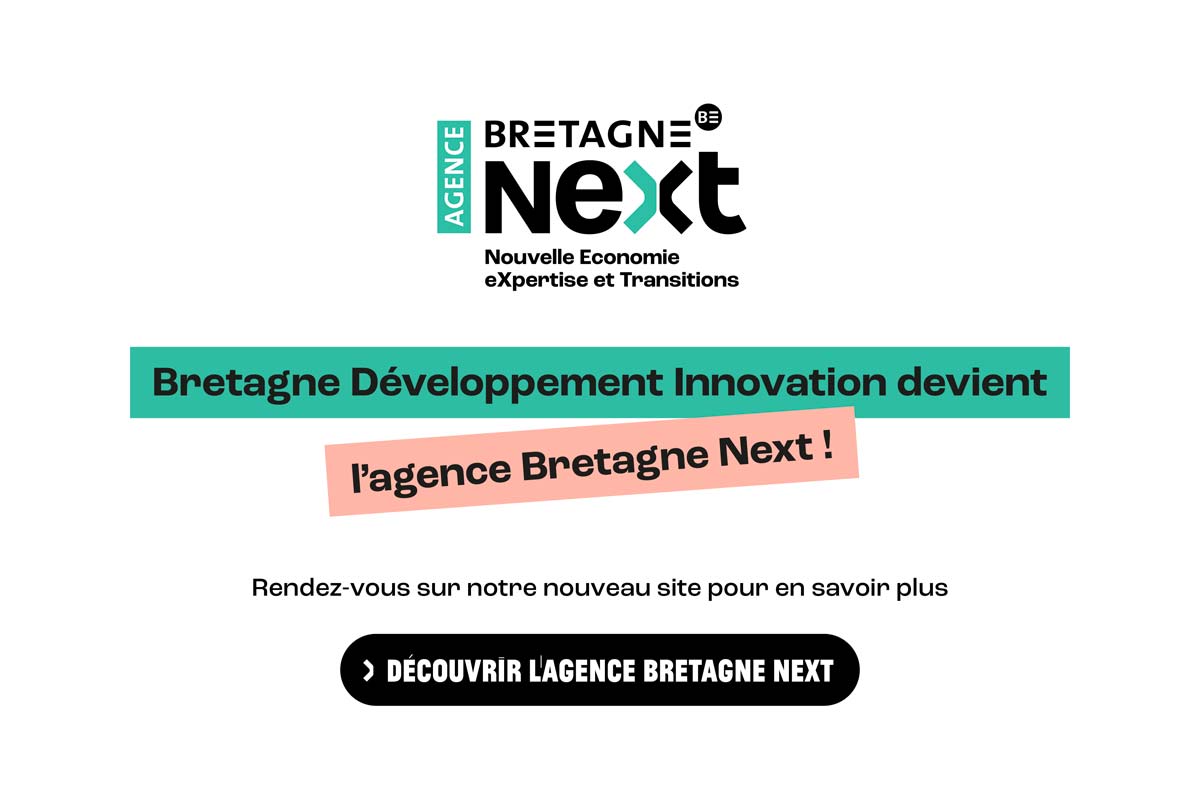BDI and the Region of Brittany are integrating the European RED II Ports project, approved in September 2022, to undertake the energy transition of regional ports. In Brittany, it is the port of Brest which is one of the 13 European infrastructures selected within the framework of this cooperation financed by the Interreg North Sea programme to evaluate the implementation of five alternative fuel and clean energy technologies for ships and ports. Thanks to BDI’s various areas of expertise, the Finistère infrastructure will lead the study on renewable hydrogen and ammonia.
A Breton port among the members of RED II Ports
BDI is one of the 16 partners in the RED II Ports project, made up of port authorities, scientists and business partners and led by the Port of Skagen in Denmark. BDI is accompanying the port of Brest, which is owned by the Brittany Region. Thirteen European port sites are thus part of this new network at the forefront of the issues of energy transition and decarbonised maritime transport.
Until 2025, the Finistère structure will serve as a pilot for renewable hydrogen and ammonia. Specific studies will be carried out by the Brittany Region. They will provide concrete operational elements in response to the ambitions of the Region’s public policies in this area.
As the lead agency for the Brittany Region‘s renewable hydrogen roadmap, BDI will provide its various areas of expertise throughout the project. In particular, BDI will be involved in mapping the port ecosystem in Brest and in setting up a platform to facilitate partnership and business opportunities for the sector.
RED II in Northern European ports
Financed by the Interreg North Sea programme, the RED II Ports project aims to determine which renewable energy technologies can be implemented in port infrastructures in order to remain relevant and competitive in a changing European and global logistics market.
Through this project, the European Union intends to respond to the strategic challenges of adapting to structural changes in the organisation of maritime routes, but also of autonomy and energy diversification.
Over a three-year period, the European ports selected for the project will study the implementation of five alternative fuel and clean energy technologies for ships and ports:
- bio-diesel ;
- hydrogen ;
- methanol/ammonia renewable ;
- air current and battery ;
- tidal, wave, solar and hydro-electric generation in port areasx
At the end of this study, the results will determine the conditions of a strategy enabling more than 250 ports to become springboards for the development of new green energies.
A project to develop renewable energies and their use on a European scale
The European cooperation project RED II Ports is part of RED II, a European directive on the promotion of the use of energy from renewable sources.
Published on 22 December 2018, it thus defines a common European framework to promote the development of renewable energy. By 2030, the European Union aims to integrate 32% of these green energies in its final energy consumption.
Photo credit: Frédéric Le Mouillour




